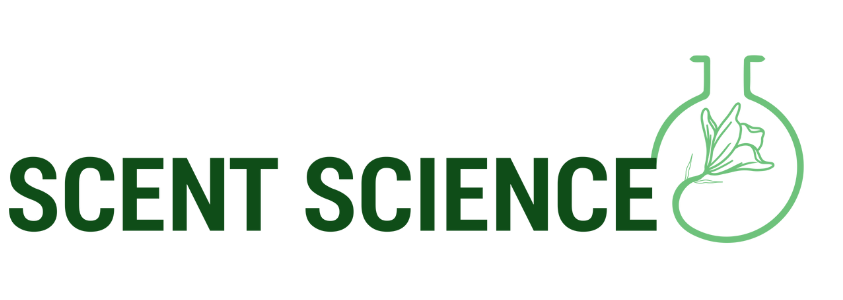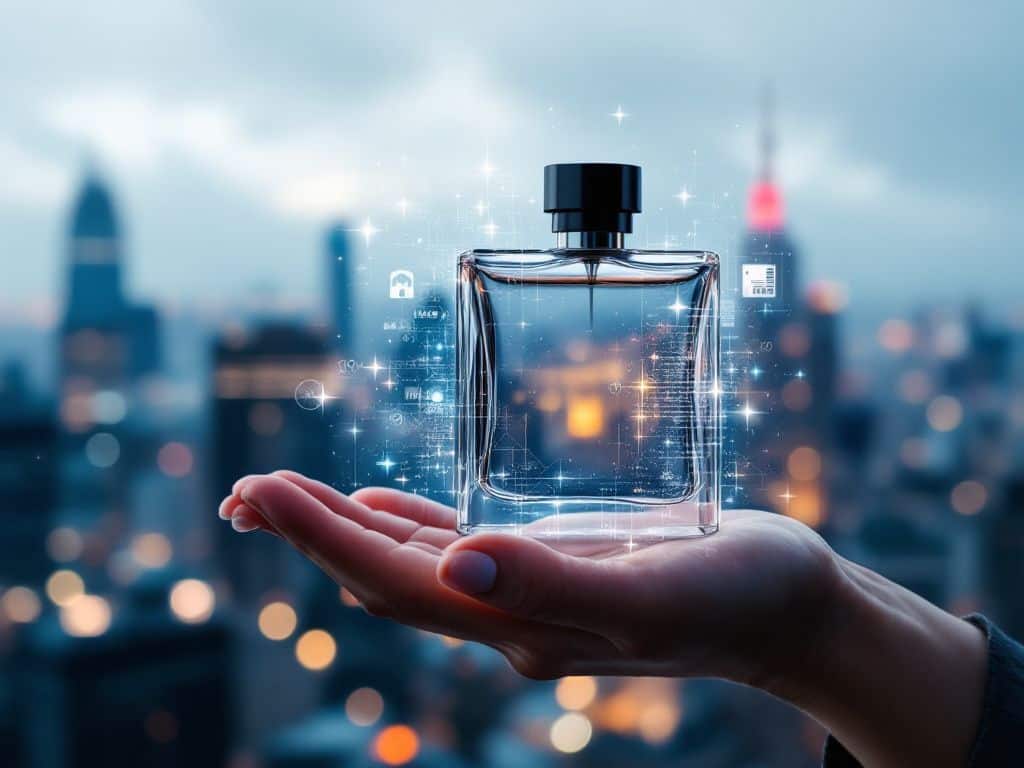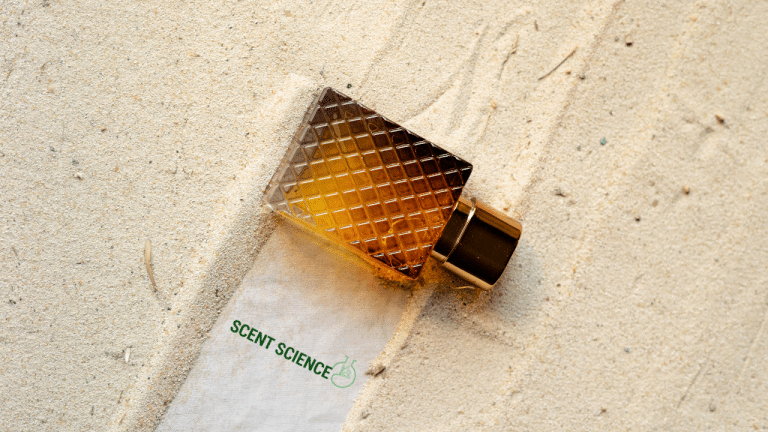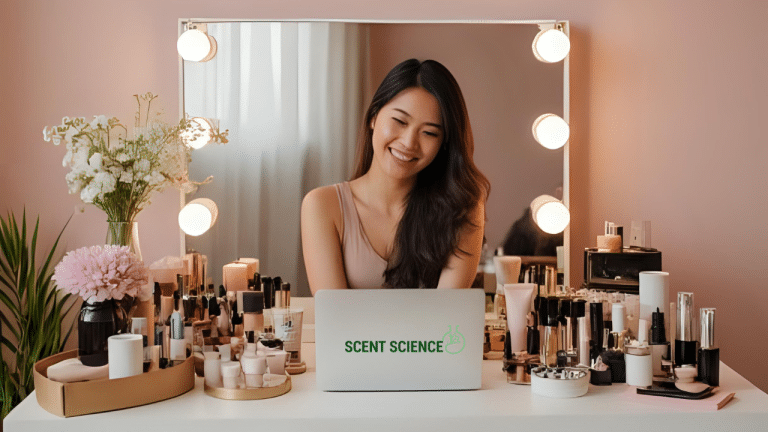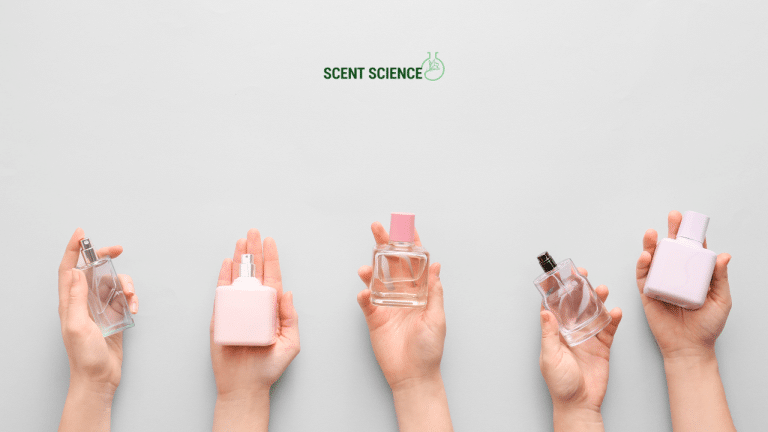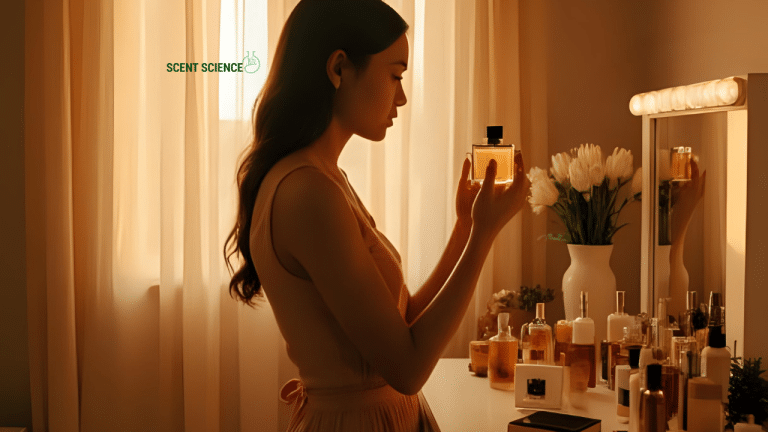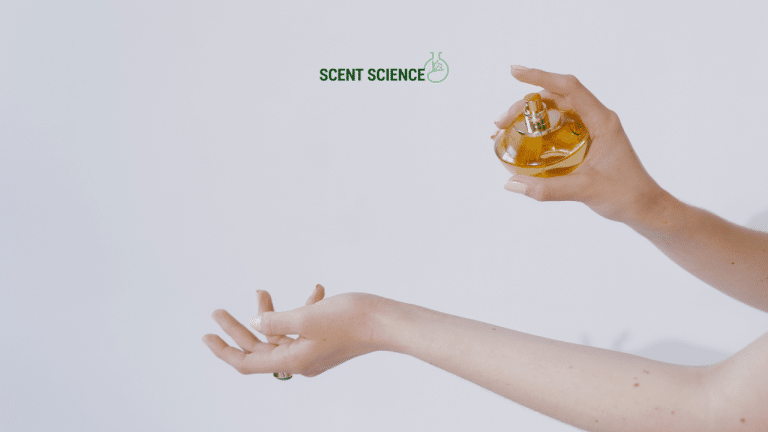Imagine walking into a department store, pursuing the endless aisles of shimmering perfume bottles, each promising a unique, signature scent. Now, imagine leaving the store with a fragrance that’s been tailored to your personal preferences, all thanks to artificial intelligence. Sound futuristic? Well, it’s not only possible—it’s happening right now.
Table of Contents
ToggleBreaking Tradition: How AI is Shaking Up Perfume Development
Perfume development has long been an art reserved for talented perfumers who have an uncanny ability to blend scents in perfect harmony. These artists would spend years mastering their craft before even touching a potion bottle. But now, AI is throwing a virtual hat into the ring, revolutionizing how perfumers think and work. And you might wonder, “Why mess with perfection?” Well, as it turns out, AI is not messing with the art; it’s amplifying it.
Making Sense of Scents: The Role of Artificial Intelligence
Do you know how your music app seems to know exactly what tune to suggest right when you need it? AI in perfume development works much the same way. These systems analyze massive amounts of data to recognize patterns and preferences. They consider factors like ingredients, customer feedback, and even market trends to concoct a fragrance that is uniquely yours. From this blend of art and science emerges a beautiful harmony between technology and creativity.
The beauty of AI lies in its ability to process information at lightning speed. With its help, perfume developers are not only able to craft exclusive fragrances but do it more efficiently. Traditional methods of trial and error, which might take weeks, are now expedited thanks to AI’s analytical powers.
The AI Tools Revolutionizing Fragrance Creation
To really grasp how AI is leading the charge, it helps to peek behind the curtain at the techno-tools involved. In today’s perfume industry, several innovative AI-driven platforms are rewriting the rules of fragrance.

Algorithms that Sniff Out Potential
Let’s talk data-driven decisions. AI algorithms are like bloodhounds hunting for scent trends in massive databases—combing through each, using machine learning to identify the sweet spot where consumer preference meets ingredient possibilities. Imagine a system that learns from every floral, musky, sweet, or citrusy composition to suggest blends with uncanny precision.
Generative Models Crafting Unique Collections
Generative AI takes it a step further. These models are designed to create; they’re building entirely new olfactory experiences right from scratch. It’s almost like having endless creative assistants working tirelessly in the background. And while traditional perfumers may not exactly become obsolete, those embracing AI can offer customers choice options never before dreamed of.
Benefits Beyond Blending: The Bigger Impact on Perfume Development
So why jump on the AI bandwagon if you’re into perfume development? The primary allure is speed, creativity, and personalization. But hold up—there’s more at play here.
Here’s a sneaky little insider tip: AI naturally leads to leaner processes with lesser waste. Traditionally, creating a new scent could mean mucking through loads of unsuccessful trials before happening upon the golden ticket composition. However, AI minimizes trial waste by pre-predicting what blends have the best chances of success based on historical data and analysis.
Making strides towards sustainability means appealing to conscientious customers while improving cost-effectiveness. Companies have a lot to gain by making their value chains far more efficient.
Designing Your Personalized Scent: How You Fit Into All This

You might be thinking, “Okay, but how do I, the humble consumer, fit in?” Good thing you asked! Personalization is where AI truly shines. You ever tried browsing for a perfume online but could practically smell none of them through the screen? Now imagine answering a series of fun, insightful questions about your scent proclivities—do you favor something light and playful, or dark and mysterious? Your love for lavender or passion for patchouli—these small glimpses into your personality form a profile that AI uses to generate bespoke fragrance suggestions tailored to your whims.
This intuitive interaction has been made real through digital platforms and online questionnaires that interpret your tastes with remarkable fidelity. Can you sense the paradigm shift? You’re no longer just picking from what’s available—AI lets your unique palette design what you wear.
Comparing Tradition and Technology: The New Scent Trend Landscape
Here’s something relatable: think of traditional perfume design as a fine dining culinary experience. You’re served a chef’s specialty, remarkably crafted but very much a set menu. AI, however, flips the experience into an interactive tasting event where not only can you cater your menu to your satiety but also create resolutions for any craving at the table.
| Feature | Traditional Perfumery | AI-Assisted Perfumery |
|---|---|---|
| Creation Timeframe | Long, with many reiterations | Short, efficient predictive modeling |
| Personalization Level | Limited to bespoke orders, time-consuming | Wide scale personalizability, accessible |
| Waste Management | Higher due to failed experiments | Lower with smarter predictions and insights |
| Creativity & Innovation | Human-based limited intuition | Synergized human and computational ideas |
See how both hold their own merit, but it’s hard to ignore the compelling ideas that AI-infused creativity introduces into the equation.
inviting AI Into Your Fragrance Journey: Recommendations
Feeling brave enough to try AI-designed aromas? Here’s some friendly advice to sweeten your foray into futuristic fragrance design:
- Embrace the Learning Curve: It won’t be instant mastery, but having basic knowledge of how AI synergizes with scent creation can unveil enormous possibilities.
- Stay Open-Minded: Some creations might surprise and push you beyond your comfort zone in exciting ways. Experimentation is half the fun!
- Provide Candid Feedback: The beauty of AI lies in its versatility and ability to learn from user input. Your reviews are vital in shaping future scent profiles.
- Leverage Easy Access Platforms: Take advantage of companies employing AI-driven fragrance development with intuitive interfaces that match your experience level whether curious novice or seasoned aficionado.
- 5. **Relish in the Customization Options: Allow AI to guide your senses into bespoke ultimatums matched precisely to your preferences.
Key Takeaways on AI Fragrance Revolution

It’s safe to say technology has a transformative presence in shaping perfume development trends today. Remember, embracing AI isn’t about replacing tradition but enhancing the entire olfactory experience through analysis, personalization, and efficiency.
Even the masters acknowledge AI adds adventurous insights to signature crafts. Disruption through collaboration is creating technologies and trends where innovation is embraced rather than feared.
So, when contemplating between scents at a store next time, know that somewhere behind that signature aroma is likely the whisper of technology crafting bespoke connections with just you in mind. Trust us, that’s a fragrance dream worth chasing.
And who knows, maybe one day soon, you’ll be showing off your very own AI-crafted concoction, composed without a hitch—and without the hassle—lighting up conversations with every spritz.
Frequently Asked Questions
What is the initial step in perfume development?
The initial step in perfume development is the concept and inspiration phase. During this phase, perfumers draw inspiration from various sources such as nature, emotions, memories, or other art forms. This creative phase helps in deciding the type of fragrance to be created, whether it will be floral, woody, citrusy, or a combination of different scent families[3][4][5>.
How are fragrance notes blended in perfume development?
In perfume development, fragrance notes are blended to create the desired scent. Perfumes consist of three layers: top notes, middle (heart) notes, and base notes. Top notes are light and evaporate quickly, middle notes form the core of the perfume and last several hours, and base notes are the rich, deep scents that linger for hours. The perfumer must find the perfect balance between these notes through experimentation and testing different ratios and combinations of ingredients[3][5][1>.
What is the aging process in perfume development, and why is it important?
The aging process in perfume development involves allowing the blended fragrance to mature and macerate. This step can take several weeks to months and helps the ingredients to fully merge, creating a more cohesive and balanced fragrance. Aging ensures that the top, middle, and base notes unfold as intended when the perfume is applied. It is crucial for high-quality perfumes to ensure the proper scent is achieved[3][5][1>.
What are the final steps in preparing a perfume for market release?
The final steps in preparing a perfume for market release include dilution, testing, and bottling. After aging, the perfume is diluted with alcohol or water to achieve the desired concentration. The scent is then tested on different skin types and in various conditions to ensure it performs well. If necessary, adjustments are made to the formula. Finally, the perfume is bottled, packaged, and prepared for distribution. The packaging must reflect the concept of the fragrance and appeal to the target audience[3][4][5>.
References